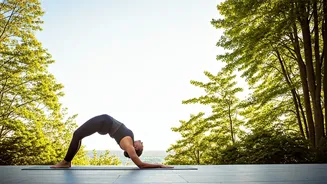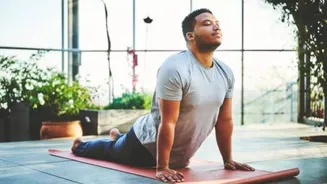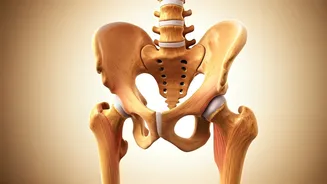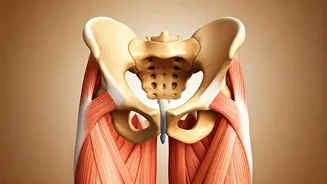Yoga's Balancing Act
Balancing yoga poses offer a unique blend of physical and mental benefits. They require a combination of strength, flexibility, and, most importantly,
concentration. By engaging in these poses, individuals can improve their body awareness and coordination. Shilpa Shetty often emphasizes these types of yoga poses and their effect on improving both physical and mental well-being, suggesting that incorporating them into daily life can enhance overall health. These poses are not just about physical achievement; they also foster a sense of calm and centeredness. Regularly practicing these asanas can contribute to better posture, improved muscle tone, and a reduced risk of injury, providing a holistic approach to fitness. Moreover, the practice stimulates the Muladhara chakra, or root chakra, promoting a sense of groundedness and stability. This integration of body and mind makes balancing yoga an effective way to improve overall health and wellness.
Boosting Concentration Skills
A major advantage of balancing yoga is its ability to sharpen concentration skills. Each pose demands full mental presence, forcing the practitioner to focus on maintaining equilibrium. This focused attention strengthens the mind, making it easier to concentrate on other tasks throughout the day. The challenges in balancing poses demand mental clarity, which translates into increased focus during daily activities. It helps to calm the mind and reduce the mental clutter that often distracts from productivity. This focus allows for greater mindfulness, helping you to stay present in the moment and reduce the effects of stress and anxiety. Regular practice of these poses can translate to improved memory and a heightened capacity for learning, thereby making daily tasks smoother and more efficient. As one becomes better at these yoga poses, the ability to concentrate on other aspects of life becomes easier, demonstrating the profound mental advantages associated with balancing yoga.
Enhancing Body Mobility
Balancing yoga poses are extremely effective for improving body mobility, fostering a range of movements and flexibility. These exercises stretch muscles and ligaments, increasing flexibility and making the body more agile. The continuous need to adjust and correct posture during these poses promotes body awareness and enhances coordination. This enhanced mobility makes everyday movements more effortless, reduces the risk of injuries, and improves overall physical performance. Regular practice can help in unlocking stiff joints and enhancing the body's natural range of motion. Increased flexibility also provides benefits to posture, and promotes better alignment and balance. Engaging in balancing yoga poses not only makes physical tasks easier but also improves the body's capacity to adjust, making them more resilient and healthy. This increased mobility is particularly helpful as individuals age, preserving physical function and maintaining a lively lifestyle.
Stimulating the Root Chakra
One of the most profound aspects of balancing yoga involves stimulating the Muladhara chakra, also known as the root chakra. Located at the base of the spine, this chakra is associated with feelings of safety, security, and groundedness. The practice of these poses helps open and balance the root chakra, providing a sense of stability and connection to the earth. When the Muladhara chakra is balanced, it allows for a feeling of peace and reduces stress. This can reduce anxiety and boost mental and emotional resilience. This can then translate to enhanced feelings of security and inner stability. Through this stimulation, balancing yoga supports not only the physical body but also the emotional and spiritual body. It fosters a foundation of inner strength, enabling individuals to handle life's difficulties with more confidence and self-assurance, showing the holistic advantages of yoga practice.














